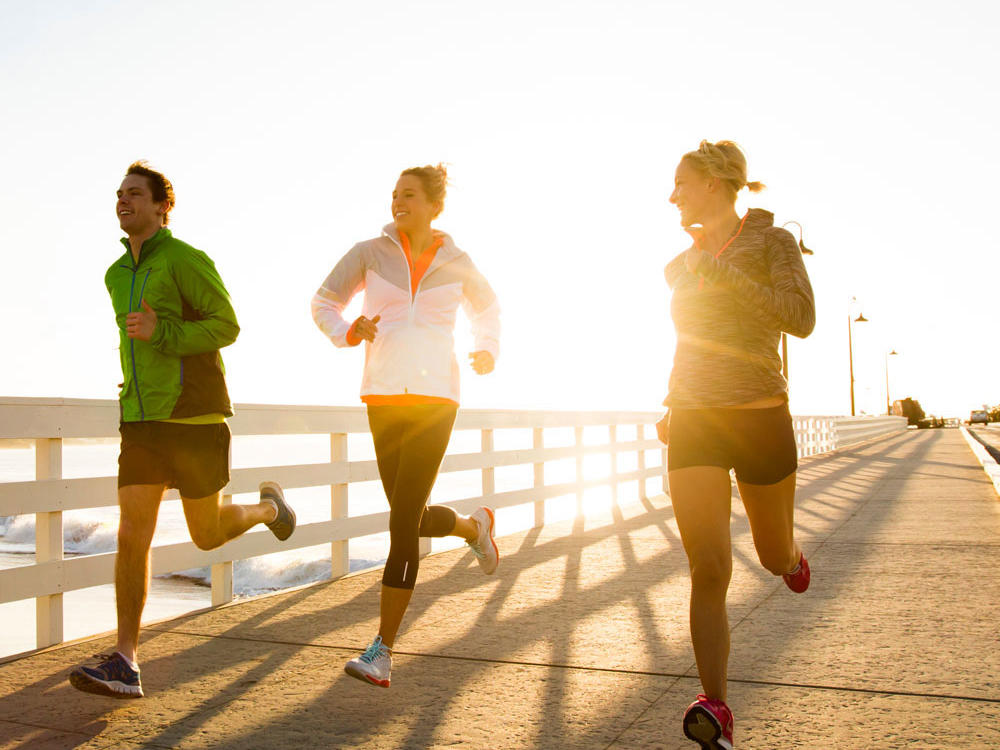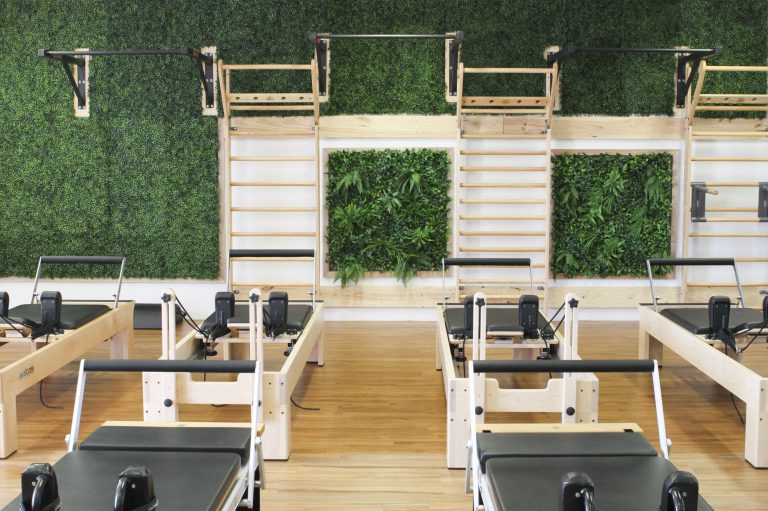Running is a great exercise for people of all fitness levels but if you’re looking to push your performance to the next level & hit some PBs, perhaps you’re overlooking a vital component.
There’s a growing body of research evidence supporting strength training for runners as a means of preventing / reducing injury and improving performance, running economy and speed.
Running economy is the oxygen or energy cost it takes in order to run at a sub-maximal speed (endurance running). Performing resistance training 2-3 times per week for 8-12 weeks resulted in a 5% improvement in running economy compared to those who didn’t strength train.
Another study identified that strength training reduced sports injuries to less than ⅓ and overuse injuries could almost be halved.
If improved performance with a reduced risk of injury sounds good to you, here’s a few exercises targeting key muscle groups to get you on your way.
The basis of strength training is a series of exercises against resistance with 3 sets of 8-10 reps performed 2-3 times per week. Exercised should be slow & controlled and by the end of each set, you should feel as if you’d be unable to complete any more than 2 more reps (this is called working to volitional failure).
1) Standing, single leg calf raise for Gastrocnemius:
- Stand with the balls of your feet on the edge of a step and the heels extending off it.
- Keep your trunk upright and hold onto a kettlebell / dumbbell in 1 hand, with the other providing support.
- Raise the heel as high as possible, holding the top position for a second before gradually lowering the heel as far as possible off the step.
- Some gyms may have a calf raise machine while it is also possible to use a barbell as resistance.

2) Seated calf raise for Soleus:
- Sit with the ball of one foot on a step in front of you.
- Place a kettlebell / dumbbell on your upper thigh above the knee.
- Raise the heel as high as possible, holding the top position for a second before gradually lowering the heel as low as possible off the step.
- Again, some gyms may have a calf raise machine while it is also possible to use a barbell as resistance.

3) Goblet squat:
- Start with your feet outside your hips with your shoulders back and spine straight, looking straight ahead.
- Hold a kettlebell / dumbbell, keeping your arms straight.
- Start the squat by pushing your hips back while keeping your trunk upright. As you move deeper into the squat, keep your knees out over the centre of your feet, keeping the weight on your heels.
- Squat as deeply as you’re able (a wedge under your heels can help with this) and return to the starting position, driving through your heels.

4) Single-leg Romanian deadlift:
- Stand on one leg, keeping a slight bend in the knee.
- Hold a kettlebell / dumbbell in the opposite hand.
- Keeping the knee slightly bent, bend at the hip, extending your other leg behind for balance.
- Try to keep the shoulders back and back flat.
- Hinge forward, lowering the kettlebell until your trunk is parallel to the ground.
- Squeeze the glute muscles to return upright to the starting position.

5) Crab walk:
- Place a band loop around the front of your feet..
- Bend your knees slightly keeping your trunk upright.
- Take a sidestep as far as you can to the side before lifting the trailing foot and controlling it back in.
- Take approximately 10 steps in each direction & continue until the buttock muscles fatigue.

6) Hip thrust:
- Start by sitting on the floor with an exercise bench behind you.
- Hold a weight / barbell across your hips then lift yourself so your shoulder blades are resting flat on the bench and your feet are flat on the floor.
- Position the weight / barbell over your hips (using a cushion / pad may be more comfortable).
- Drive through your feet to lift your hips and pelvis so they are in line with your shoulders and knees.
- Slowly lower your hips back down, without touching the floor, before repeating the drive through your feet.

For more tips and expert advice on avoiding injuries and optimising your running performance, book an appointment at Ellenbrook Physiotherapy and make use of our excellent gym facilities!
Andy Leggett
Physiotherapist


